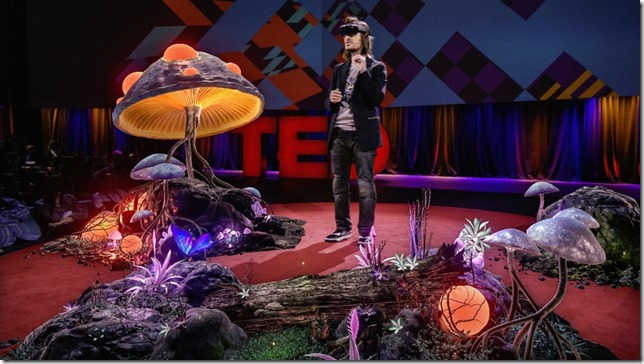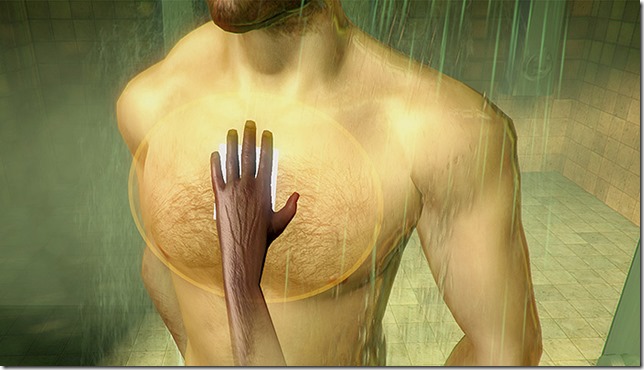This is a crazy long but nicely comprehensive article by the New York Times on the current state of AI: The Great AI Awakening.
While lately I’ve been buried in 3D interfaces, I’m always faintly aware of the way 1D interfaces (Cortana Skills, Speech as a service, etc.) is another fruit of our recent machine learning breakthroughs (or more accurately refocus) and of how the future success of holographic displays ultimately involves making it work with our 1D interfaces to create personal assistants. This article helps connect the dots between these, at first, apparently different technologies.
It also nicely complements Memo Atken’s Medium posts on Deep Learning and Art, which Microsoft resident genius Rick Barraza pointed me to a while back:
Part 1: The Dawn of Deep Learning
Part 2: Algorithmic Decision Making, Machine Bias, Creativity and Diversity
There’s also a nice throw away reference in the Times article about the relationship between VR and Machine Learning which is a little less obscure if you already know Baudrillard’s Simulacra and Simulation which in turn depends on Jorge Luis Borges’s very short story On Exactitude In Science.
If you really haven’t the time though, which I suspect may be the case, here are some quick excerpts starting with Google’s AI efforts:
Google’s decision to reorganize itself around A.I. was the first major manifestation of what has become an industrywide machine-learning delirium. Over the past four years, six companies in particular — Google, Facebook, Apple, Amazon, Microsoft and the Chinese firm Baidu — have touched off an arms race for A.I. talent, particularly within universities. Corporate promises of resources and freedom have thinned out top academic departments. It has become widely known in Silicon Valley that Mark Zuckerberg, chief executive of Facebook, personally oversees, with phone calls and video-chat blandishments, his company’s overtures to the most desirable graduate students. Starting salaries of seven figures are not unheard-of. Attendance at the field’s most important academic conference has nearly quadrupled. What is at stake is not just one more piecemeal innovation but control over what very well could represent an entirely new computational platform: pervasive, ambient artificial intelligence.
When he has an opportunity to make careful distinctions, Pichai differentiates between the current applications of A.I. and the ultimate goal of “artificial general intelligence.” Artificial general intelligence will not involve dutiful adherence to explicit instructions, but instead will demonstrate a facility with the implicit, the interpretive. It will be a general tool, designed for general purposes in a general context. Pichai believes his company’s future depends on something like this. Imagine if you could tell Google Maps, “I’d like to go to the airport, but I need to stop off on the way to buy a present for my nephew.” A more generally intelligent version of that service — a ubiquitous assistant, of the sort that Scarlett Johansson memorably disembodied three years ago in the Spike Jonze film “Her”— would know all sorts of things that, say, a close friend or an earnest intern might know: your nephew’s age, and how much you ordinarily like to spend on gifts for children, and where to find an open store. But a truly intelligent Maps could also conceivably know all sorts of things a close friend wouldn’t, like what has only recently come into fashion among preschoolers in your nephew’s school — or more important, what its users actually want. If an intelligent machine were able to discern some intricate if murky regularity in data about what we have done in the past, it might be able to extrapolate about our subsequent desires, even if we don’t entirely know them ourselves.
The new wave of A.I.-enhanced assistants — Apple’s Siri, Facebook’s M, Amazon’s Echo — are all creatures of machine learning, built with similar intentions. The corporate dreams for machine learning, however, aren’t exhausted by the goal of consumer clairvoyance. A medical-imaging subsidiary of Samsung announced this year that its new ultrasound devices could detect breast cancer. Management consultants are falling all over themselves to prep executives for the widening industrial applications of computers that program themselves. DeepMind, a 2014 Google acquisition, defeated the reigning human grandmaster of the ancient board game Go, despite predictions that such an achievement would take another 10 years.





















